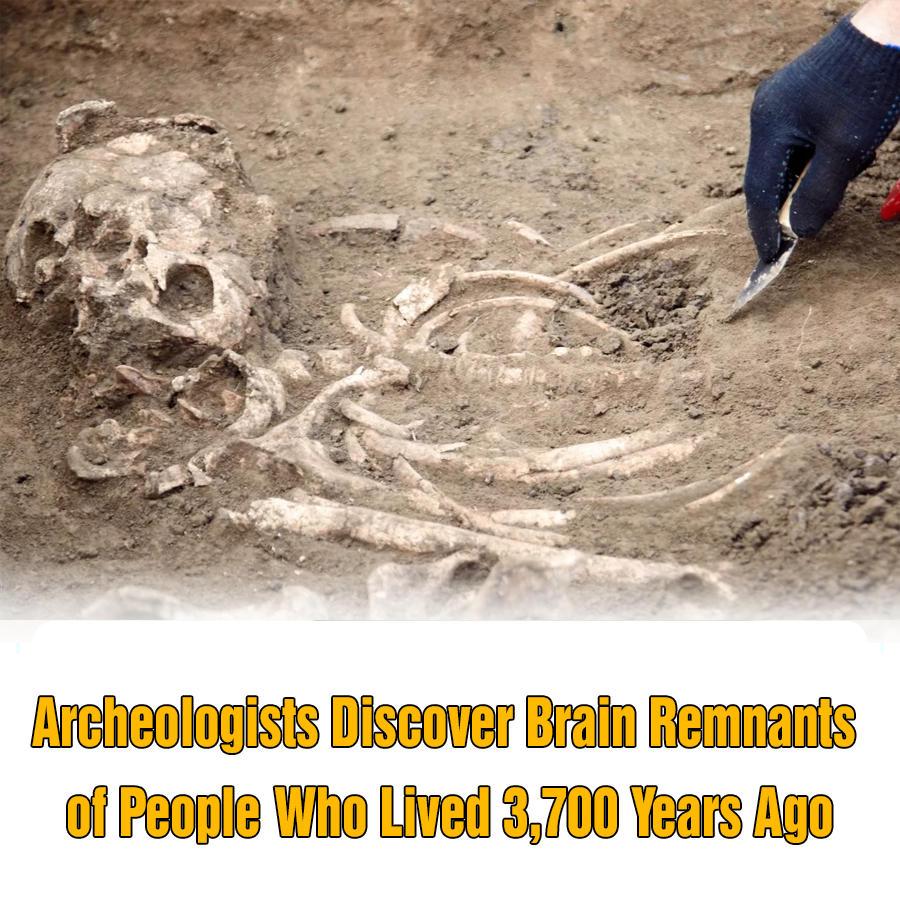A team of archaeologists has discovered the well-preserved brain and skin remnants of people who lived around 3,700 years ago in Turkey.
The remains belong to two Bronze Age individuals who were found at the Tavşanlı Mound (or Tavşanlı Höyük) in Turkey’s Kütahya province—located in the west of the Anatolian peninsula.
The mound is referred to as the “Heart of Western Anatolia” because it appears to resemble a heart shape from above the ground.
Recent excavations at the site, led by researchers at Bilecik Şeyh Edebali University, resulted in the discovery of the rare brain and skin remains.

Stock image: An archaeologist excavating a set of human remains. Researchers have discovered the well-preserved brain and skin remnants of people who lived around 3,700 years ago.ISTOCK
The remnants belong to a young man aged 15-18 at the time of death, and another middle-aged man who was 40-45 years old when he died, the Anadolu Agency (AA) reported.
Researchers believe these individuals died when their homes were set on fire and they were unable to flee during an attack around 3,700 years ago.
According to archaeologist Erkan Fidan at Bilecik Şeyh Edebali University, who led the research, the mound is the oldest settlement in the area, and likely served as the capital of the region in the Bronze Age.
Evidence suggests there was a large-scale attack on the city around 1700 B.C. that resulted in the entire settlement being burned to the ground.
The preservation of brain material inside the skull was the result of the fact that both skeletons were seemingly exposed to high levels of heat, Yılmaz Selim Erdal from Hacettepe University’s Anthropology Department told AA.
The archaeologists also found skin remnants in one of the skeletons between the chest and the abdomen, which had also been carbonized by heat.
Carbonization is the process of material being converted into carbon, typically by heating or burning, or during fossilization.
The latest findings represent the first time that such skin remains have been found during archaeological excavations in the country. The preserved remains of brain material, on the other hand, have been found four or five times previously, the researchers said.
The archaeologists are now investigating what the purpose of the attack on the settlement was, and who may have been responsible.
The latest findings were presented at a conference organized by the European Association of Archaeologists that was held in Belfast, Northern Ireland, between August 30 and September 2 this year.






